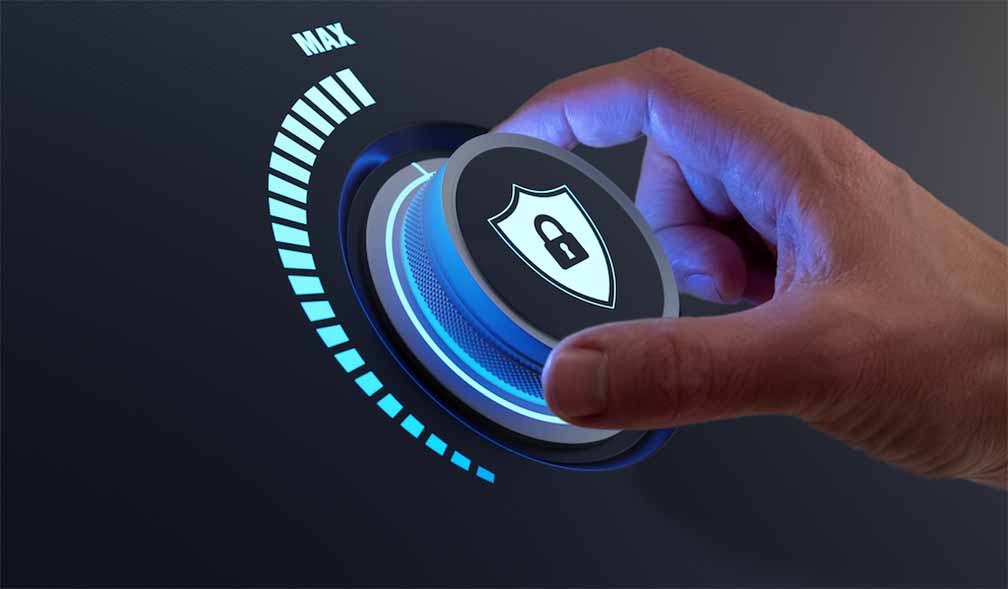Cybersecurity threats are becoming increasingly sophisticated and pervasive. As a result, organizations must adopt comprehensive strategies to protect their assets and data. One such strategy is threat detection, investigation, and response (TDIR), which provides a structured approach to identifying, analyzing, and neutralizing cyber threats before they cause significant harm.
Threat Detection, Investigation, and Response (TDIR), Defined
Threat Detection, Investigation, and Response (TDIR) refers to the set of practices and technologies aimed at identifying potential security threats, analyzing them to understand their nature and potential impact, and responding appropriately to mitigate risks and prevent future incidents. TDIR is not just about employing tools but also involves a strategic framework that includes policies, procedures, and trained personnel working in unison to enhance an organization’s security posture.
Elements of TDIR
The effectiveness of TDIR hinges on three main components: threat detection, investigation, and response. Each element plays a crucial role in an organization’s ability to manage and mitigate cybersecurity risks.
Threat Detection
Threat detection is the first line of defense in the TDIR strategy. It involves the continuous monitoring of network traffic, user behavior, and system activities to identify anomalies that may indicate a security threat. Tools such as security information and event management (SIEM) systems, intrusion detection systems (IDS), and advanced machine learning algorithms are utilized to automate and enhance the detection process. Effective threat detection relies on up-to-date threat intelligence to recognize the latest malware, ransomware, and other cyber threats.
Investigation
Once a potential threat is detected, the investigation phase begins. This stage is critical in determining the nature and extent of the threat. Cybersecurity teams use digital forensics and incident response tools to trace the source of the threat, understand how it infiltrated the system, and assess the impact on the affected resources. This phase often involves a detailed analysis of how the threat operates, which helps in developing a strategy not only to contain and eliminate the current threat but also to strengthen defenses against similar future threats.
Response
The response component of TDIR is about taking action based on the insights gained during the investigation. This involves deploying countermeasures to mitigate the impact of the threat, such as isolating infected systems, blocking malicious IP addresses, and applying patches to vulnerabilities. The response phase also includes communicating with stakeholders about the incident and coordinating with external bodies if necessary. After immediate threats are addressed, the response efforts shift towards recovery and restoration of services, ensuring that operations can return to normal with minimal downtime.
4 Benefits of Implementing TDIR
Enhanced Security Posture
The proactive nature of TDIR significantly enhances an organization’s security posture. By actively monitoring, detecting, and responding to threats in real-time, businesses can prevent many attacks from causing harm. This not only reduces the exposure to risks but also strengthens defense mechanisms against future threats, creating a more secure and resilient infrastructure.
Reduced Impact of Security Incidents
Quick and efficient threat detection and response minimize the impact of security incidents. By addressing threats promptly, organizations can limit the scope of the damage, whether it’s data loss, financial cost, or service disruption. This capability ensures that breaches, when they occur, are contained swiftly, reducing the overall severity of incidents.
Improved Incident Recovery Times
A well-implemented TDIR system streamlines the recovery process following a cybersecurity incident. With clear procedures and robust tools in place, organizations can accelerate their return to normal operations. Faster recovery not only mitigates financial losses but also minimizes downtime, maintaining service availability and continuity.
Elevated Brand Credibility and Reputation
Organizations that effectively manage and mitigate cyber threats enhance their credibility and strengthen their reputation. Demonstrating a commitment to cybersecurity reassures customers, investors, and partners of the organization’s dedication to safeguarding data and services. In today’s digital economy, a strong reputation for security can be a significant competitive advantage, fostering greater trust and loyalty among stakeholders.
Challenges to Implementing TDIR
Despite its importance, the implementation of TDIR comes with several challenges:
Complexity of Security Environments: As IT environments become more complex, the challenge of monitoring and managing security increases.
Skill Shortages: It can be difficult to find and retain skilled in-house cybersecurity professionals, which can hinder the effective implementation of TDIR strategies.
Resource Constraints: Smaller organizations may struggle with the financial and technological resources required to deploy comprehensive TDIR solutions.
Keeping Pace with Threats: Cyber threats evolve rapidly, and keeping detection systems up-to-date with the latest threat intelligence can be daunting.
TDIR Best Practices for Implementation
To effectively implement TDIR, organizations should adopt a set of best practices that not only address immediate threats but also prepare them for future challenges. These practices are crucial for building a resilient cybersecurity framework that can adapt to the evolving threat landscape.
Maintain a Proactive Approach to Cybersecurity
A proactive approach to cybersecurity will help your organization anticipate potential threats and vulnerabilities rather than react to incidents after they occur. This proactive stance involves continuously assessing and improving the security measures in place. It includes regular vulnerability scans, threat assessments, and revising security policies and protocols to reflect the current cyber threat landscape.
Create Layers of Countermeasures
Security should be multi-layered, involving a series of defensive mechanisms that protect different aspects of the IT infrastructure. By implementing layers of countermeasures, organizations can ensure that even if one layer is compromised, additional barriers exist to prevent further exploitation. This approach includes employing firewalls, intrusion detection systems, encryption, and access controls, each serving as a critical component in the defensive strategy.
Automate Cybersecurity Processes
Automation is key to managing the vast amount of data and alerts generated in modern IT environments. By automating routine tasks and responses, organizations can efficiently handle common threats and free up resources to focus on more complex issues. Automation tools can also help consistently apply security policies and procedures, reducing the risk of human error and increasing the speed of threat detection and response.
Create an Incident Response Plan
An effective incident response plan is essential for quickly and effectively addressing security breaches when they occur. This plan should outline procedures for various incidents, designate roles and responsibilities, and include communication strategies to inform stakeholders. Regular updates and drills are necessary to ensure the plan remains effective and that the response team is prepared to act under pressure.
Expert TDIR with Cynergy Technology
Implementing a comprehensive TDIR strategy can be daunting. Cynergy Technology is a leading provider of network security solutions. With over forty-two years of experience, our IT experts can design and implement a proactive TDIR solution to enhance your organization’s security posture effectively. Once your TDIR strategy is up and running, our work doesn’t stop there; Cynergy’s Managed Services provides ongoing infrastructure management so you can focus on doing what you do best—running your organization. Contact us for a free consultation today!







